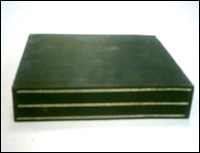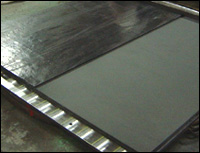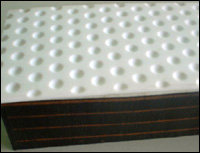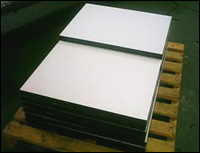|
Elastomeric pads
are made of polychloroprene(neoprene) or polyisoprene(natural rubber). Elastomeric pads with properly design, manufacture and installation can transfer loads uniformly, accommodate thermal movements, and isolate vibration, impact & noise from buildings or structures.
Characteristics:
|
|
 |
Lightweights,
simple to install, space-saving, long life cycle and economic |

|
No brittle in cold weather
|
|
 |
Maintenance free |

|
Low compression set, creep resistant
|
|
 |
Oil and chemical resistant |

|
Excellent shock and vibration damping
|
|
 |
Burned resistance |

|
Accommodate thermal movements
|
|
|
TYPES:
|
|
1. Plain Pad
|
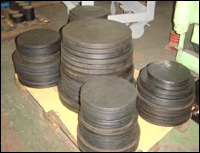 |
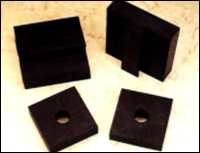 |
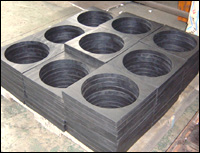 |
|
Elastomeric pad for pot bearing
|
Anti-seismic pad, Pad for rod
|
The shape made to satisfy
customers' requirements
|
|
|
|
|
2.
Laminated Elastomeric Bearing
|
|
|
|
| 3. Sliding Bearing |
|
|
|
| 4. Other Application |
|
|
|
The laminated elastomeric bearings can be made various types to satisfy customers’ requirements. For example, we designed and manufactured for THSR C250&C270 with anchor bolts connecting devices and with holes for bolts or steel rods.
|
|
|
|
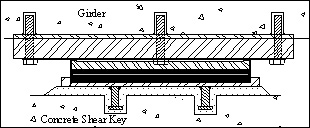
|
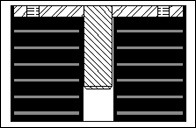
|
|
THSR C250&C270 |
THSR C270 |
|
|
|
|
|
LIST OF ELASTOMER PROPERTIES: Source-AASHTO M251-97 |
|
Properties of Polychloroprene (Neoprene) |
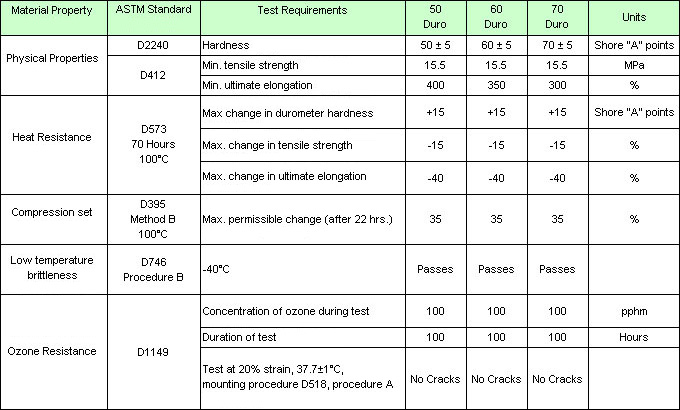 |
|
|
|
|
Properties of Polyisoprene (Natural Rubber) |
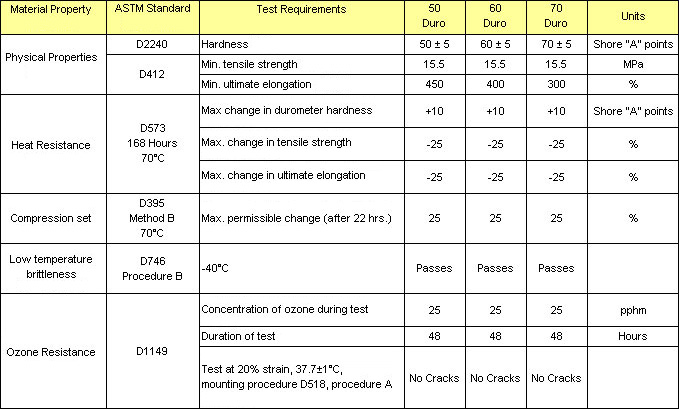 |
|
|
|
|










